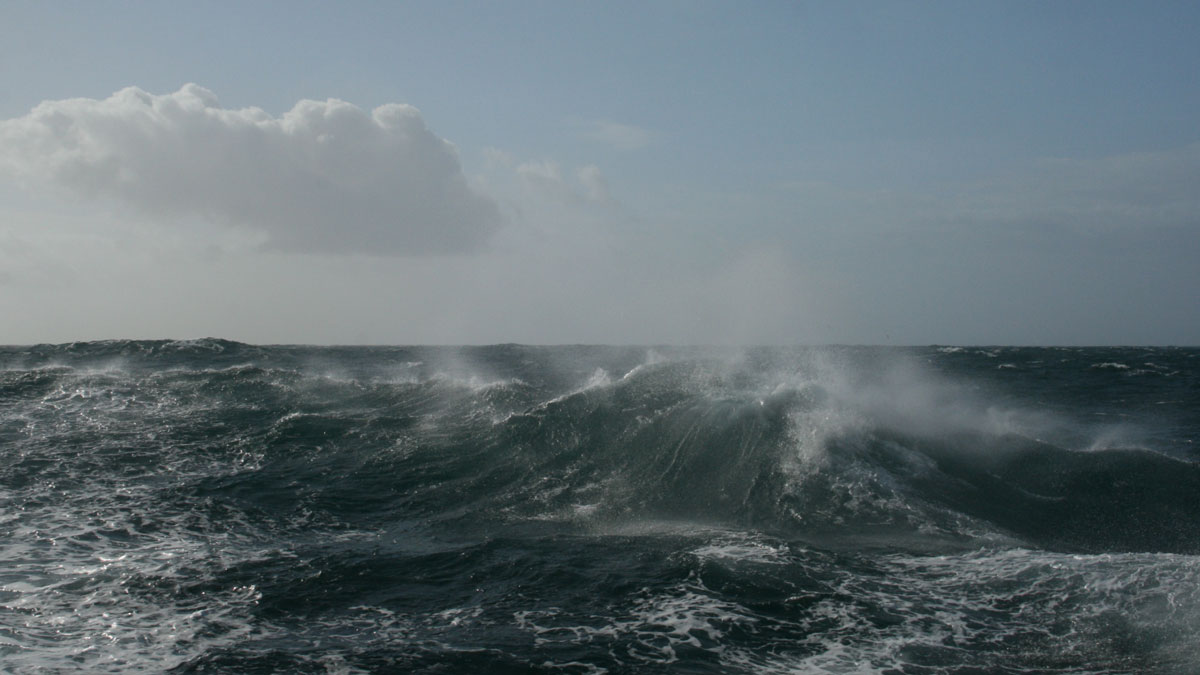Source: AGU Advances
The ocean has helped mitigate global warming by absorbing around a quarter of anthropogenic carbon dioxide (CO2) emissions, along with more than 90% of the excess heat those emissions generate.
Many efforts, including assessments by the Intergovernmental Panel on Climate Change, have looked at how the oceans may continue to mitigate increasing emissions and global warming. However, few have looked at the opposite: How will the oceans respond if emissions and associated atmospheric heat levels begin to decrease in response to net negative emissions?
Frenger et al. examined what might happen in the Southern Ocean if after more than a century of human-induced warming, global mean temperatures were to be reduced via CO2 removal from the atmosphere. The Southern Ocean is a dynamic system, with large-scale upwelling and a robust ability to take up excess carbon and heat. To better understand how the Southern Ocean will behave in net negative carbon conditions, the researchers modeled how the ocean and the atmosphere would interact.
They used the University of Victoria climate model, UVic v. 2.9, to simulate multicentury timescales and carbon cycle feedbacks. UVic uses a combination of an atmospheric energy–moisture balance model, an ocean circulation and sea ice model, a land biosphere model, and an ocean biochemistry model. The researchers used UVic to model an idealized climate change scenario commonly used in climate modeling: Emissions increase until atmospheric CO2 levels double after 70 years, followed by a steep emissions cut and subsequent sustained net negative emissions.
The results showed that after several centuries of net negative emissions levels and gradual global cooling, the Southern Ocean abruptly released a burst of accumulated heat—an oceanic “burp”—that led to a decadal- to centennial-scale period of warming. This warming was comparable to average historical anthropogenic warming rates. The team said that because of seawater’s unique chemistry, this burp released relatively little CO2 along with the heat.
Frenger and colleagues note that their work uses a model with intermediate-level complexity and an idealized climate change scenario, but that their findings were consistent when tested with other modeling setups. They say the Southern Ocean’s importance to the global climate system, including its role in heat release to the atmosphere in a cooling climate, should be studied further and contemporary changes closely monitored. (AGU Advances, https://doi.org/10.1029/2025AV001700, 2025)
—Sarah Derouin (@sarahderouin.com), Science Writer



